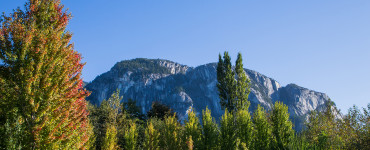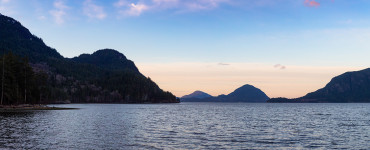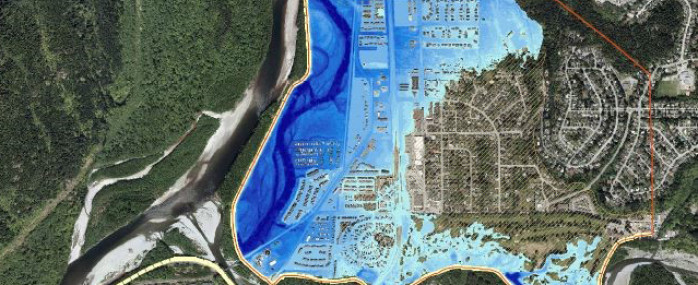Adaptation
Climate adaptation in Squamish
We are already experiencing the effects of climate change in Squamish, such as wildfires to rising sea levels. Our community must both lower our emissions to limit future impacts of climate change (mitigation) and prepare for the changes to our climate that are already set in motion (adaptation).
Although the Community Climate Action Plan focuses on climate mitigation, we have been thinking about climate change adaptation, resilience, and impacts for many years. This work is embedded in a number of different plans and programs that we are following locally.

Developing an adaptation strategy
The District of Squamish commissioned a climate change adaptation strategy in 2016, the results of which were incorporated into the 2040 Official Community Plan. Read the "Adapting to Climate Change in Squamish: Background Report".
The strategy provides a detailed overview of climate change adaptation, identifies and prioritizes major impacts in Squamish, and outlines what is being done – and what should be done – to prepare our community for the future. Staff are currently working on reviewing the impact priorities.
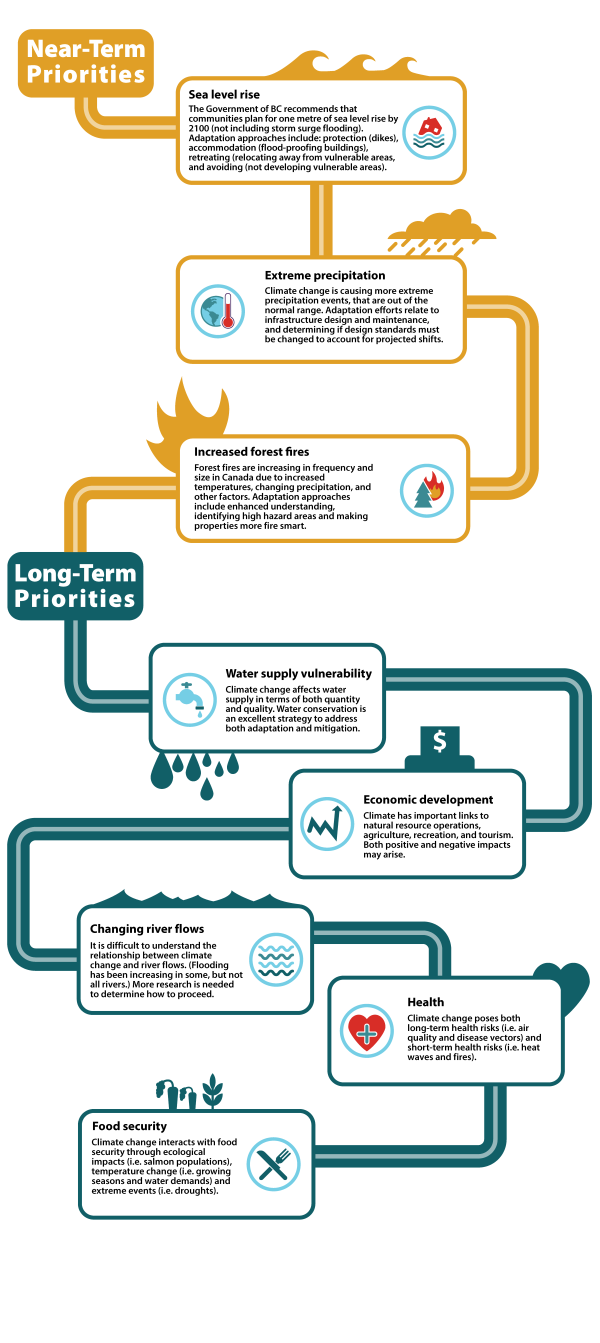
Planning for sea level rise and flooding
Increased precipitation, river flooding, and sea level rise are interlinked threats that we face in our community and must be addressed together.
The District of Squamish adopted an Integrated Flood Hazard Management Plan (IFHMP) in 2017. The award-winning plan outlines the District’s approach to managing sea level rise and river flooding through four main strategies: protect, accommodate, avoid, and retreat. Our main priorities include:
The District has long term plans to upgrade the 21 kilometre dike system in accordance with the District’s Integrated Flood Hazard Management Plan.
The District of Squamish has also implemented a comprehensive flood policy framework that ensures that new developments being built today will be able to withstand the future climate conditions
The Official Community Plan provides overarching flood policy and guidance, including Development Permit Area 2 Protection from Flood Hazard.
The District will continue participating in the Living With Water research project, which is funded by the Pacific Institute for Climate Solutions. The project explores how coastal communities in BC can plan for sea level rise while being mindful of natural coastal ecosystems, indigenous knowledge and values, and other important considerations.
In 2023, the District plans to construct 200 metres of new sea dike in downtown Squamish that will be designed to accommodate one metre of sea level rise.
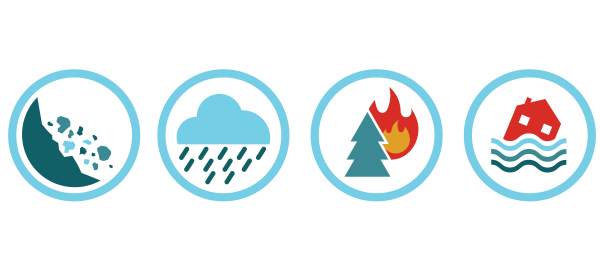
Planning for emergency events
Many of the hazards that Squamish naturally faces are made worse with climate change due to an increase in severity and frequency of major weather events. The District of Squamish is preparing to respond in the following ways:
Investing in programs that increase the ability of neighbourhoods to come together and respond to emergencies by providing training and resources.
Developed the Emergency Management Plan, which considers hazards related to flooding, earthquakes, wildfires, and debris flows.
Collaborated on the Sea to Sky Multimodal Evacuation Plan (2019) outlines strategies for evacuation, taking into consideration the increasing magnitude and severity of natural hazard events in the region.
Updated the District of Squamish Community Risk Assessment in 2023 to include climate considerations within.
Relocated the Emergency Operations Centre from within the floodplain into the new Fire Hall No. 1 in Valleycliffe, which was completed in 2022. This disaster-resilient building is the new headquarters for Squamish Fire Rescue and the Squamish Emergency Program, and can run self-supported for up to a week.
Emergency Program
Expanding our wildfire resilience
Given the topography and geography of Squamish, the risk of wildfires continues to increase as the climate changes. We have already seen the impacts of severe wildfires on our community, including poor air quality that affects our health, property and land damage, and even threats to human safety. The District of Squamish is working to manage wildfires in the region through planning, education, and increasing our ability to respond to them effectively. Here are several initiatives we are working on:
Finalized the Community Wildfire Protection Plan (CWPP) in 2018, and has received grant funding through for initiatives focused on education, planning, and removing materials that could fuel wildfires.
Established the Wildfire Development Permit Area to minimize wildfire risk to people and property by requiring fire-resistant building materials and construction.
Introduced a Wildfire Landscape Management Bylaw to reduce fire hazards in yards and neighbourhoods.
Developed the FireSmart Program to provide public education and building principles that create more fire resistant homes. The program provides homeowners with assessments on their properties to reduce risk of wildfires through the FireSmart Canada Neighbourhood Recognition Program.
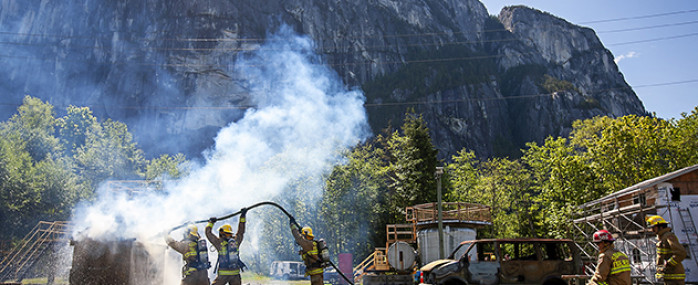
FireSmart Your Property
Asset Management
In 2022, the District of Squamish adopted a Natural Asset Management Strategy that evaluated what natural assets the District owns, what services they provide, how much they are worth, and strategies to preserve and protect them.
Utilizing natural assets to provide critical community services, such as stormwater management, flood protection and water supply, helps to protect the environment, enhance climate change resiliency, and reduce service delivery costs to residents.

